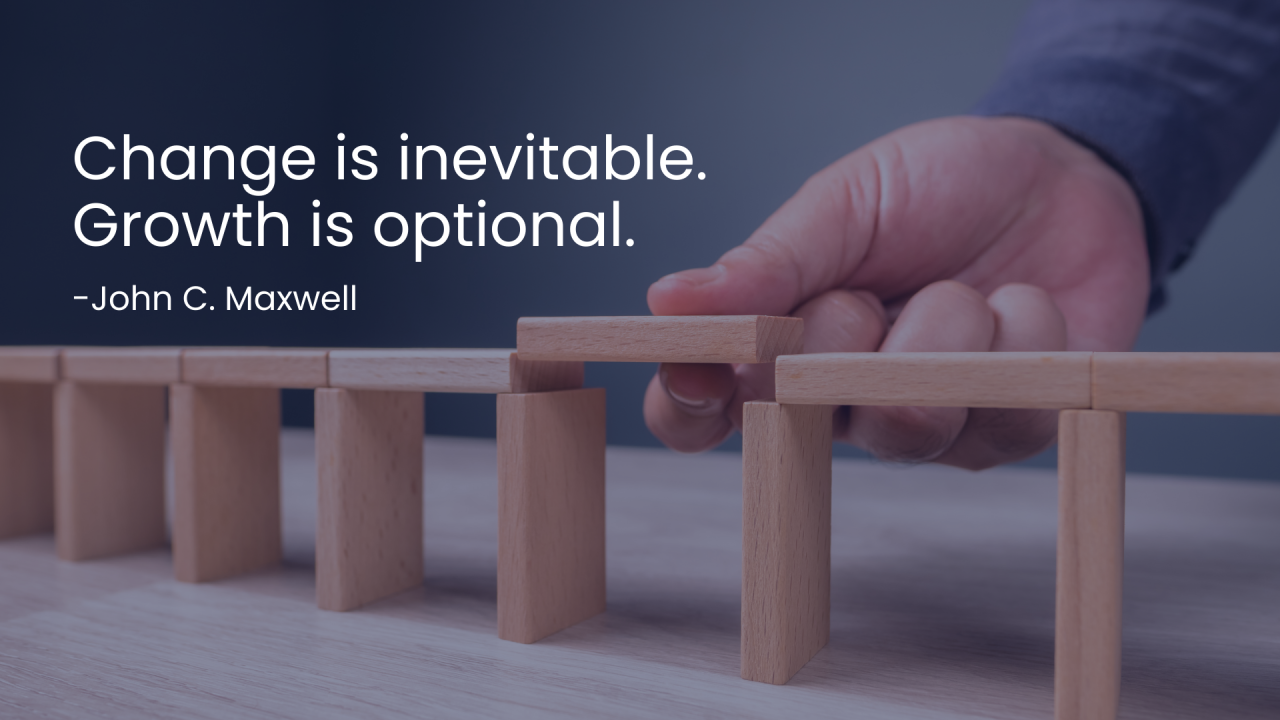
Leading Through Change: Creating Certainty in Uncertain Times
Jackie Kennedy
Founder at LeadMe Academy | Certified Neuroleadership Coach | CTT Practioner | OD Consultant | ‘Soft Skills’ Advocate
During the early days of the pandemic, I coached Daniel, a Director, through the impact of COVID-19 on his company. Together, we identified the necessary shifts in his business strategies and mindset to not only weather the storm but to thrive. Daniel initially faced significant apprehension from his team, struggling to gain their commitment and support for the changes. Both he and his team were overwhelmed and anxious about the uncertain future.
Organisations are constantly undergoing change, and effective leadership in navigating and managing these transitions is crucial. By guiding Daniel through this challenging period, we focused on strategies that would help his team feel safe, excited, and secure in adapting to the new circumstances.?
Here are some of the leadership tools and tips I used with Daniel to navigate his complex change process:
Learn more about your team with the SCARF Model
The SCARF model, developed by Dr. David Rock and the Neuroleadership Institute, is a framework designed to understand and improve human social interactions in the workplace by addressing five key domains: Status, Certainty, Autonomy, Relatedness, and Fairness. In a team setting, these domains can significantly impact individual and collective performance.?
How you can apply this model in your team during change:
As a leader, every decision you make and every action you take is subconsciously scrutinised through the lens of social meaning as a perceived threat or reward. By understanding and addressing these five domains, leaders can effectively manage team dynamics and drive better performance, especially when going through change.
Creating certainty in uncertain times
As humans we crave certainty. Lack of certainty can be one of the most challenging aspects for your team. While you can’t eliminate uncertainty completely, you can create a sense of stability and predictability.?
Here’s how:
Communicate ahead of time
Were your team members aware that change was coming? If not, it’s crucial to communicate the process early and often. Regular updates, even when there is no new information, helps maintain trust and engagement. Use multiple channels – team meetings, one-on-one check-ins, and written updates – to ensure your message reaches everyone.
Be transparent if you don’t know what lies ahead
Transparency is not just about sharing information; it’s about being open about what you know and what you don’t know. This honesty helps build trust and reduces the fear of the unknown. Be upfront about the changes, the expected outcomes, and any potential risks.?
Explain the why
Explain the reasons behind the change, the benefits it brings, what it means for the team and each person, and how it aligns with the broader vision and goals of the organisation. Engage your team by inviting feedback and addressing their concerns. When people feel heard and involved, they are more likely to support and contribute to the change process.
领英推荐
Develop a roadmap
Outline the key milestones, timelines, and responsibilities. This roadmap should be a living document that evolves as the change process progresses. Regularly review and update it, and use it as a tool to track progress and celebrate achievements.
Keeping the team connected and engaged
Effective change management doesn’t end once the change is implemented; it requires ongoing effort to keep the team connected and engaged.?
Here’s how:
Maintain regular check-ins
These can be formal one-on-one meetings or informal catch-ups. The goal is to provide a platform for team members to voice their concerns, ask questions, and share their experiences.?
Build a supportive environment
Creating opportunities for team bonding and collaboration can strengthen relationships and build a more resilient team.?
Celebrate the wins
It’s critical to highlight the impact of the change throughout the company, how things have improved and what this means for the business as whole, teams and individuals--make it simple, clear and easy. Pay special recognition to those that embraced, led or helped innovate or implement these changes.?
Reflect and learn
After the change has been implemented, take the time to reflect on the process. What worked well? What could have been done better? Involve your team in this reflection. Their insights can provide valuable lessons for future changes.
Your approach to leading change can make a significant difference in how your team perceives and responds to transitions. If change is not managed effectively, you can expect to see low morale, lower productivity, overdue projects, projects going over budget, key people leaving, relational tension, and resistance from team members. By focusing on clear communication, creating a sense of certainty, and fostering a supportive team environment, you can navigate the complexities of change, create buy-in and lead your team to success. Remember, the way you handle change today sets the foundation for your team's resilience and adaptability in the future.
If you’d like to learn more on how our LeadMe Academy Leadership Development Programme can help you and your leaders lead change effectively? Reach out to me here or email [email protected].
Onward and upward!
Jackie